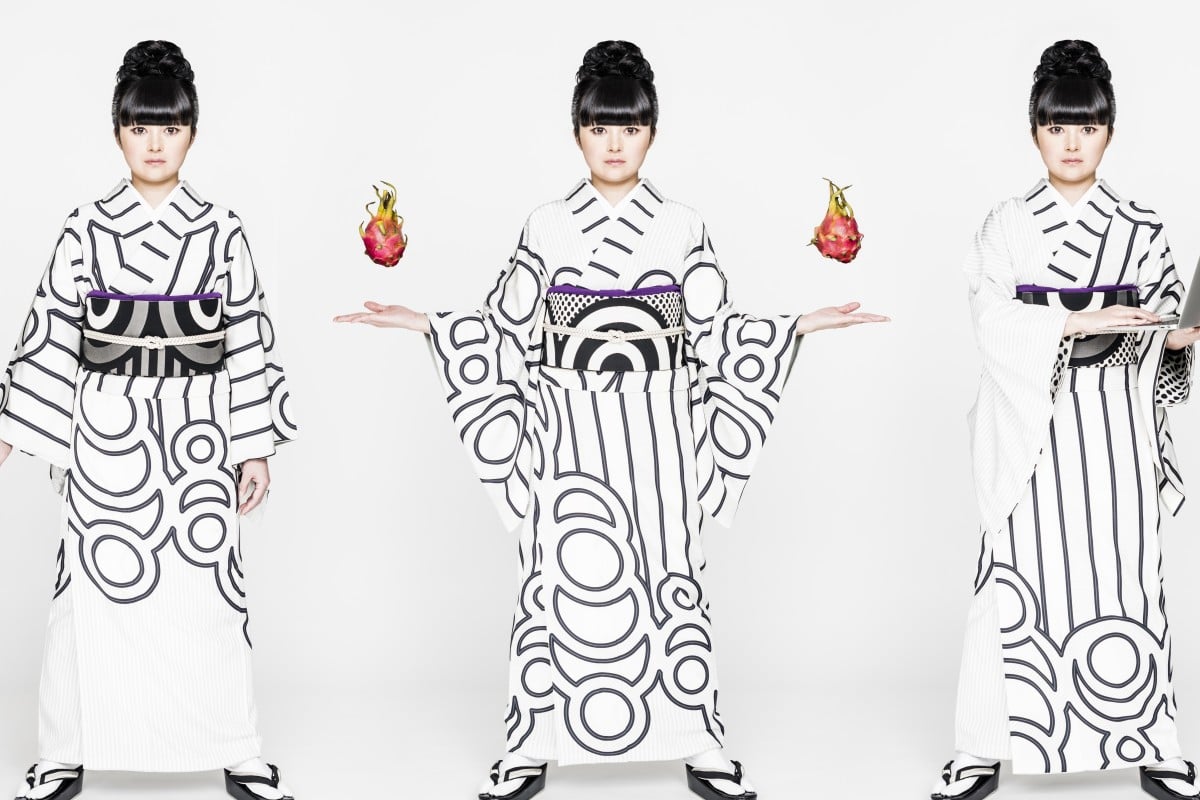
Unencumbered by tradition, a new generation of designers are taking the kimono, a time-honoured item of Japanese clothing, in very different directions – and in the process, making it more accessible.
Their work is likely to feed growing international recognition and appreciation of the kimono, as shown by an exhibition at the Victoria and Albert Museum in London titled “Kimono: Kyoto to Catwalk”.
The exhibition, which is presently closed because of the coronavirus but was originally expected to run until June, presents the kimono as a “dynamic and constantly evolving icon of fashion” and details the elegance and social significance of the garment from the 1660s to the present day.
Among the works on display are traditional kimono from the early 1800s, modern-day designs, kimono depicted in Japanese woodblock prints and scrolls, and even the kimono-inspired costume of Obi-wan Kenobi, played by Sir Alec Guinness in the 1977 film Star Wars: Episode IV – A New Hope.
Here are four designers keeping the kimono alive and updating it for a 21st-century audience.
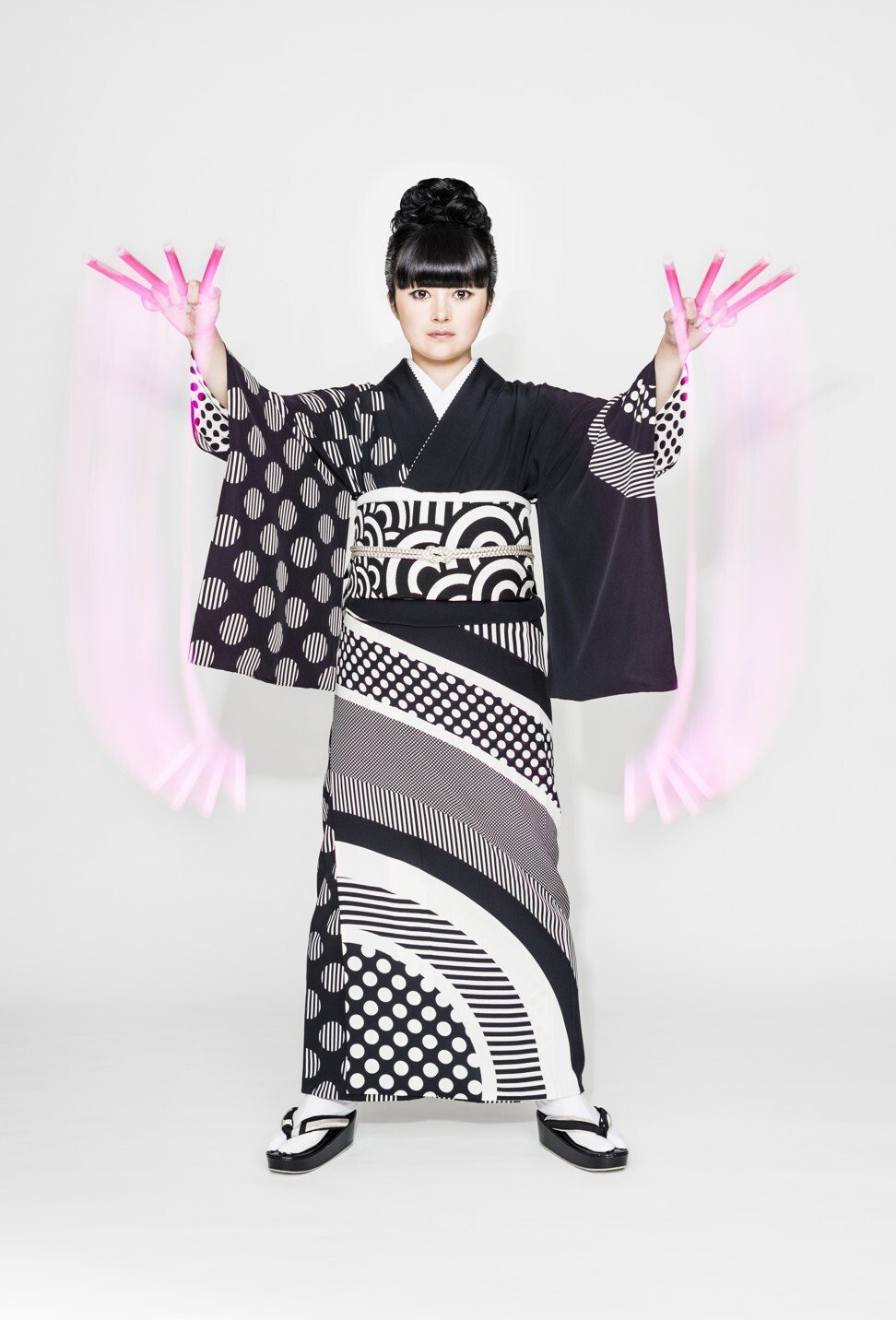
Hiroko Takahashi
The exhibition includes a stunning kimono that incorporates geometric shapes in black and white by designer Hiroko Takahashi, fusing together art and fashion.
“The kimono is the symbol of Japanese-ness,” she tells the Post. “One kimono is generally made of a piece of cloth about 40cm [16 inches] wide and 12 metres [39 feet] long and, even though there are differences in the shape of kimono for men and women, it is flexible and a kimono can be tailored to any body from the same size fabric.
“The wide variety of patterns that have been created over a long period of time for kimono show that there is awe and respect for nature,” she adds, pointing to the values that Japanese put on the four seasons (often reflected in kimono designs) and the spirituality that dwells in nature.
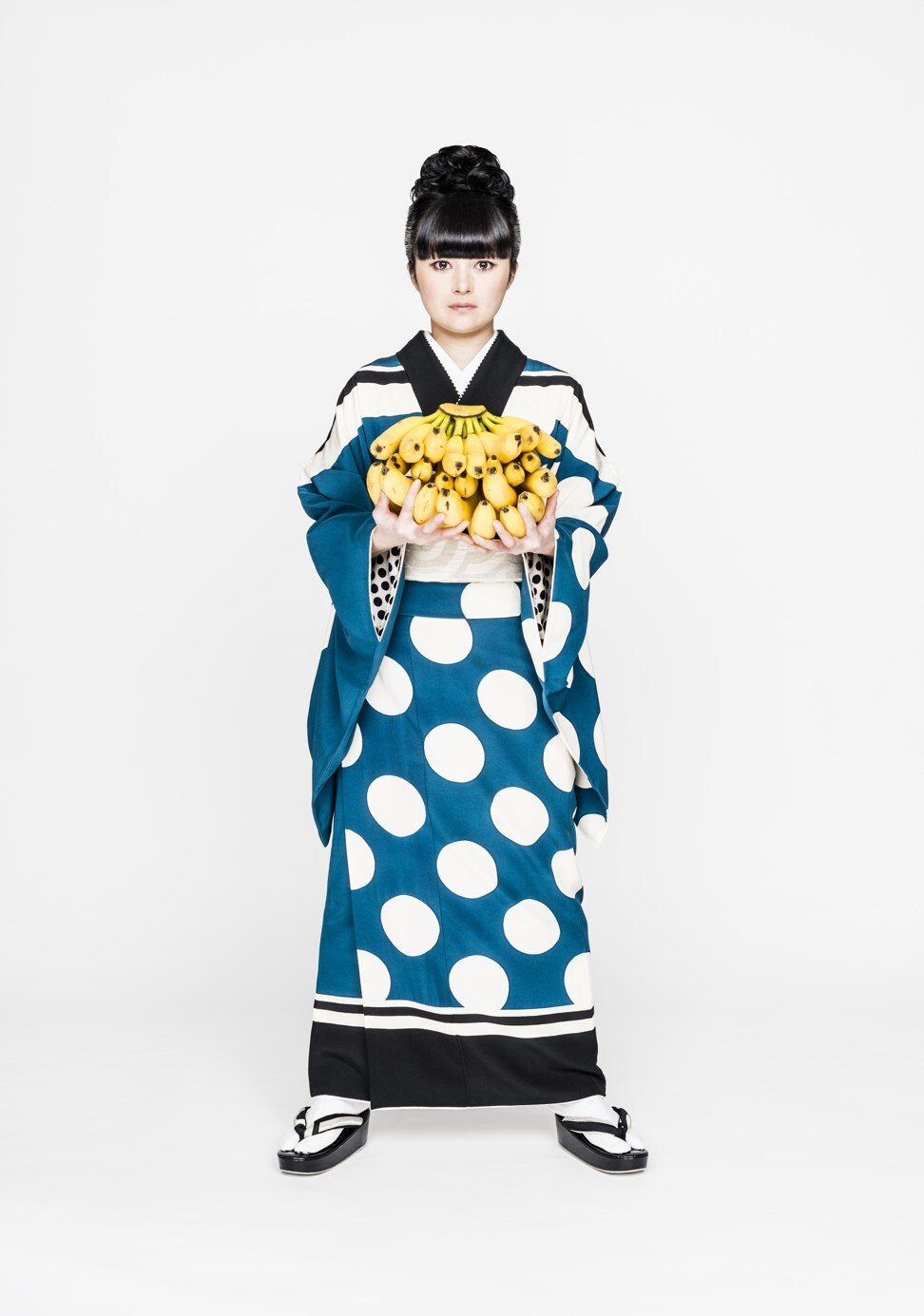
Takahashi says she was first attracted to the “efficiency” of kimono when she studied fashion at high school and university, and that she likes being able to use the large blank canvas of a kimono to present a single, large graphic.
She is also keen to challenge the concept of tradition. “I will ask why things must be kept and I want to be fearless in destroying and challenging old ideas, at the same time taking into consideration modern attitudes.”
Jotaro Saito
Jotaro Saito is one of a handful of contemporary designers focused solely on the kimono. The third-generation kimono designer believes that to survive in a fast-fashion society, the item needs to be re-conceived as something fashionable rather than a cultural throwback.
“Culture evolves or is culled with the times,” he says. “The kimono is one of the roots of the Japanese people, and as ethnic groups diversify and mix, it is becoming more important to appreciate Japanese style. The kimono must evolve to match new needs and aesthetics.”
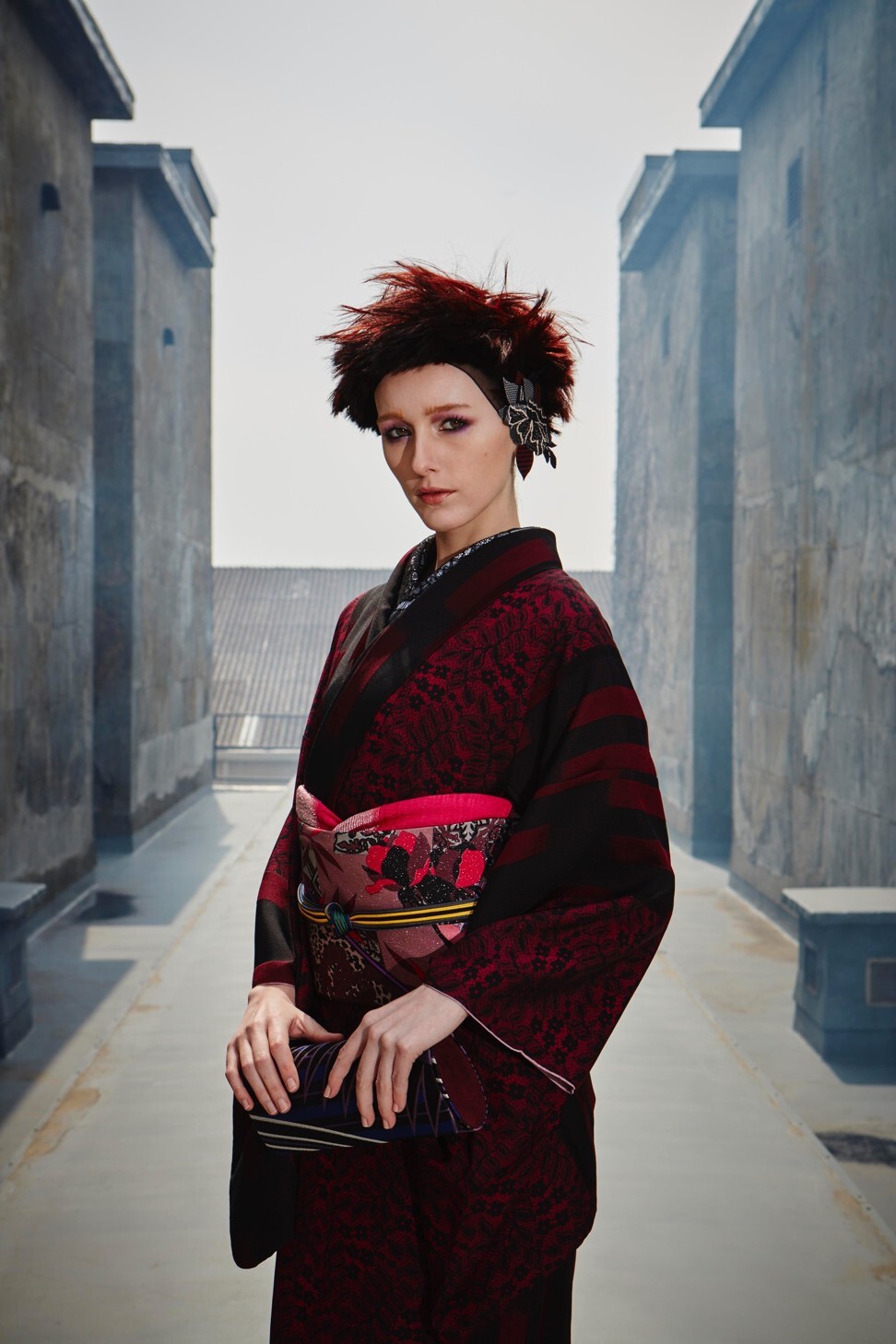
Saito has been creating head-turning kimono for 31 years and says he is driven by a “pursuit of Japanese sexiness and elegance”, adding that the kimono and obi belt sash have “infinite possibilities” for a designer.
While his creations may be contemporary, Saito says he enjoys using more traditional images of clouds, the wind and birds in his designs as, “after all, what I am doing is reinterpreting the classics”.

Robert Hamilton
Robert Hamilton is a Canadian-Irish artist who, before coming to Japan 20 years ago, used images from Japanese pop culture in his work and soon found himself fascinated by kimono. He set up Roccoya, a design studio, with his wife, Hiroko.
“Kimono and yukata – the lighter, more casual summer kimono – have been making a gradual comeback since the 1990s when the Japanese economic bubble burst,” he says. “The 1980s were glitzy with a lot of permed hair and party dresses. Since then, young Japanese women have been gravitating towards fashion more connected to their own cultural identity.”
Hamilton says kimono are still “too intimidating” for many people because of the formalised and ritualised nature of schools where people are taught how to wear a kimono. It would be far better, he believes, for the kimono to be made more accessible.
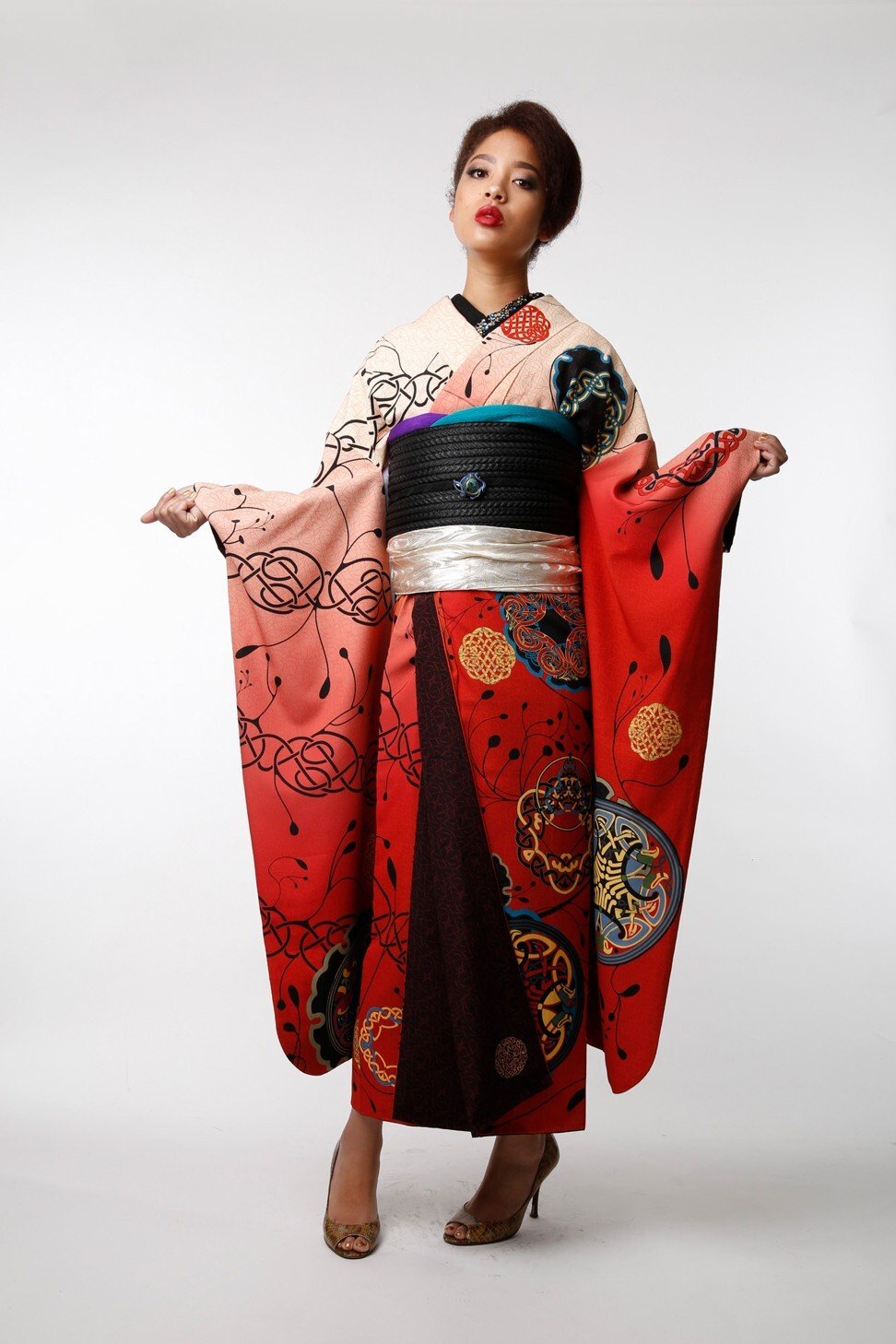
“Ironically, I try to make kimono contemporary by looking back at the early 20th century,” he says. “The Taisho [1912-1926] and early Showa [1926-1989] periods were really vibrant for kimono. The designs of that time melded Western and Japanese motifs, and were increasingly mass-produced so that regular people could afford them.
“The rules for how to wear kimono were still relatively loose at the time, so women felt free to wear kimono with heels or boots, and combine it with Western capes and scarves,” he adds. “Those are the type of kimono, and the attitude, that we strive to create – kimono for everyone. Something that you could wear to the park, the local tea house, or even to the bowling alley.”
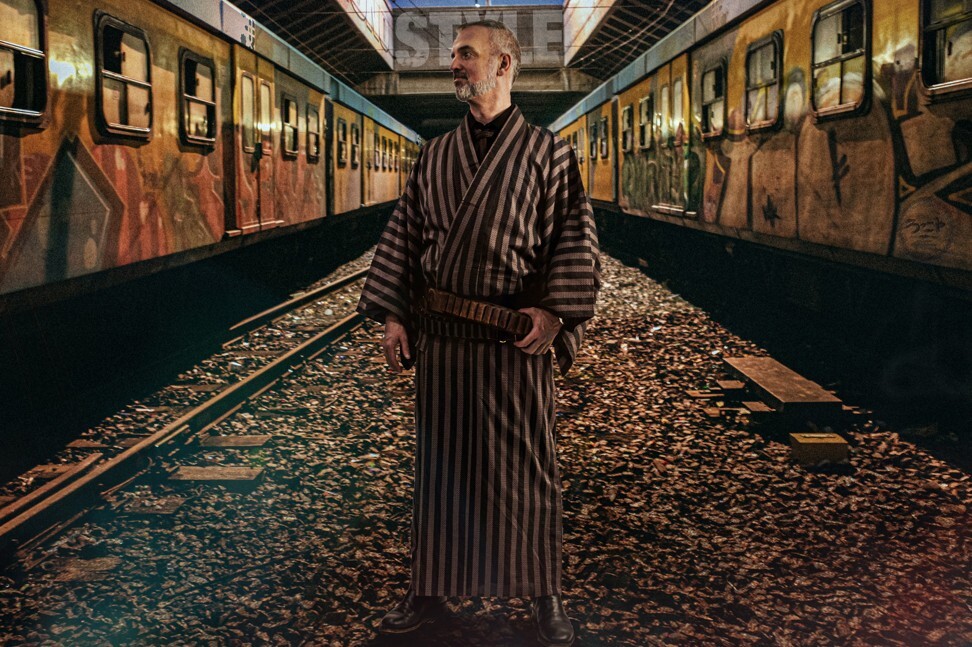
Hiromi Asai
Hiromi Asai studied “noh” theatre – a form of classical Japanese dance-drama, tea ceremonies and kimono styling – from a young age. She believes that if the kimono is to thrive, it has to branch out and find new followers. In 2008, she moved to New York City in the US to open Kimono Hiro and kimono design and styling studio Mode & Classic.
“I believe that the essence of the kimono is not the form, but the textile that is used,” she says. “We should make the best use of kimono textiles for clothes that are worn around the world.
“I think the kimono should be worn without any inhibition, especially outside Japan.”
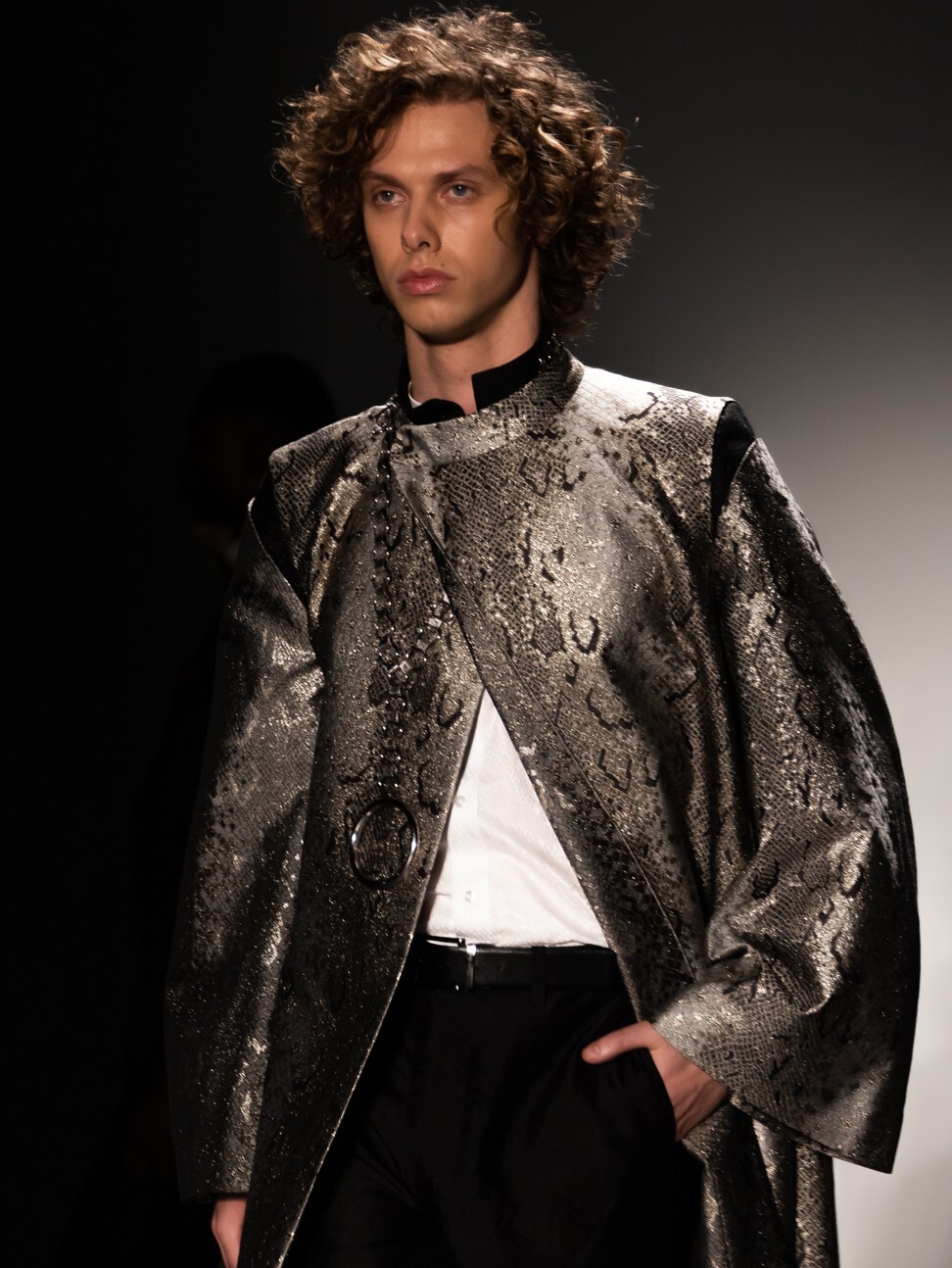
Asai says she creates sophisticated designs for men and women from the finest handmade Japanese textiles, with the aim of “reversing the trend of fading kimono manufacturing in Japan and to bring our collections of kimono to their rightful position in the forefront of fashion”.
“My work is not to draw or design something using the kimono as a canvas,” she says. “I develop new textiles suitable for our collection with craftsmen from all over Japan. I sometimes focus on traditional Japanese motifs, such as flowers, birds or dragons, but I usually feature more universal motifs.
“I would like to demonstrate luxurious fashion with unique kimono textiles and sophisticated designs, made through outstanding tailoring techniques in Japan,” she adds. “It is our responsibility to hand over, even develop, the art of traditional textiles from all over the world – including kimono textiles – to the next generation.”







